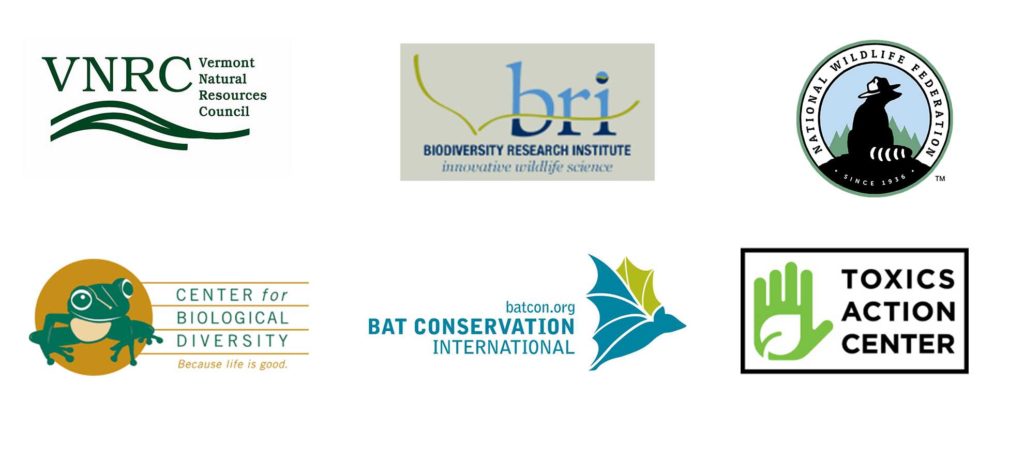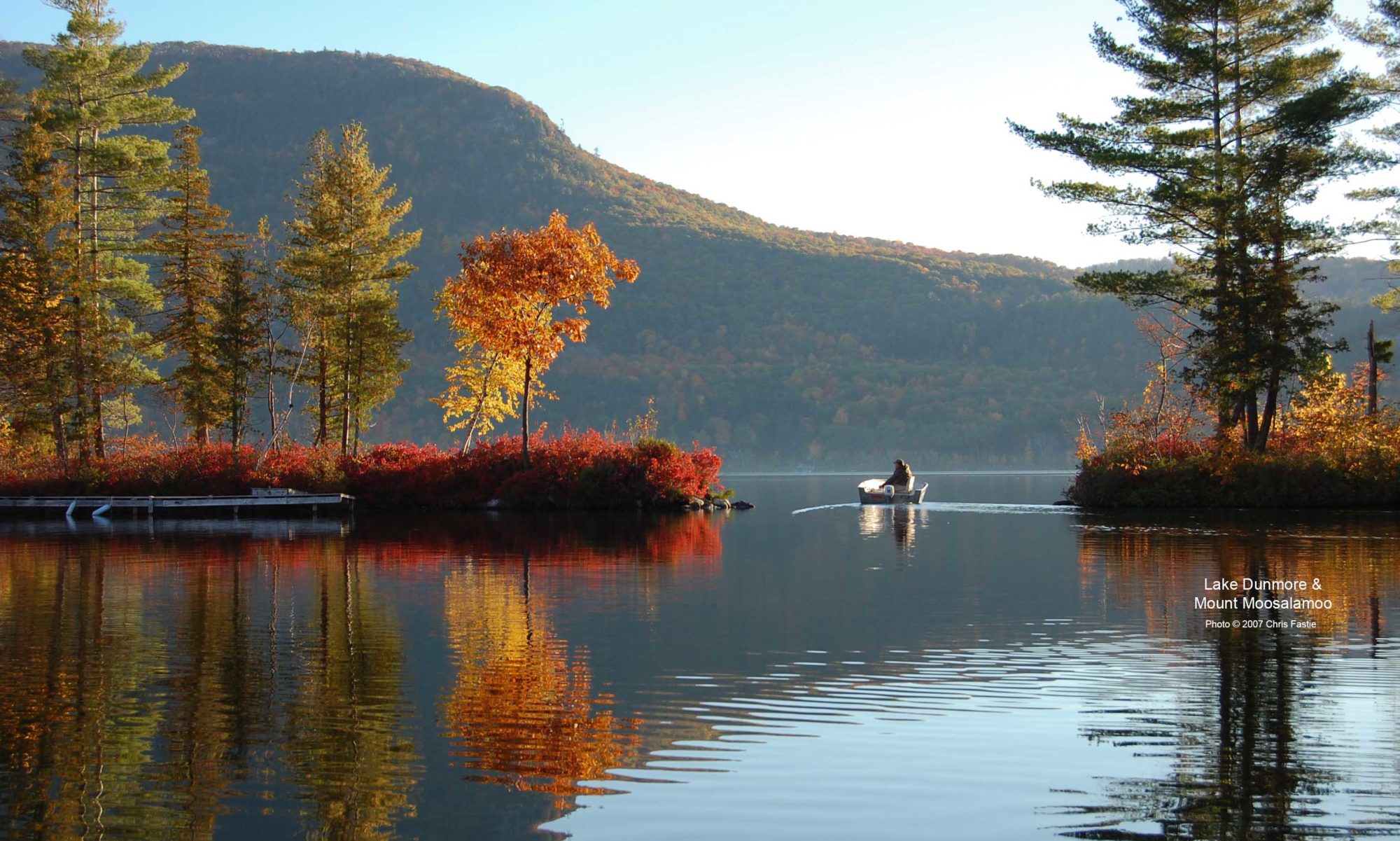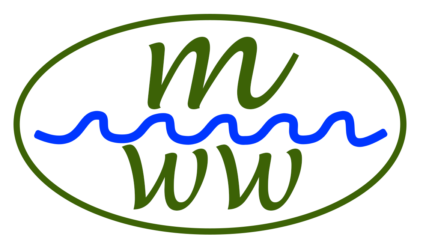Today, two environmental groups filed a lawsuit against Vermont’s Agency of Natural Resources for failing to protect endangered and threatened bats from chemical pesticides sprayed in the BLSG Insect Control District. The Vermont Natural Resources Council and the Center for Biological Diversity are appealing a decision made on July 19 by the Agency not to require that BLSG apply for an incidental takings permit. This permit would allow the Agency to evaluate and modify BLSG’s activities known to put bats at risk. A press release describing the lawsuit and the two environmental groups is here.
Continue reading “Vermont sued for not protecting bats from BLSG’s pesticides”Comments for Secretary Moore
Today, our Coalition submitted a letter to Julie Moore, Secretary of the Agency of Natural Resources. The four page letter presents our arguments that the Secretary should follow the recommendations of every independent scientist who has addressed the issue and require that BLSG apply for an incidental takings permit. You can see the letter here.
Our Coalition of wildlife conservation and environmental organizations is growing. We welcome Defenders of Wildlife which recently created a big win for bats when a federal judge ordered the U.S. Fish and Wildlife Service to determine whether the northern long-eared bat warrants listing as an endangered species. Jane Davenport, a senior attorney with Defenders of Wildlife, led this case and is supportive of our efforts to protect state- and federally listed bats in Vermont. Thank you to Jane Davenport and to all the members of our Coalition for recognizing the importance of these efforts to reduce the risk to bats from BLSG’s activities. This Coalition originally submitted the Arrowwood Report to the Agency of Natural Resources 18 months ago and has been patient and supportive since then.
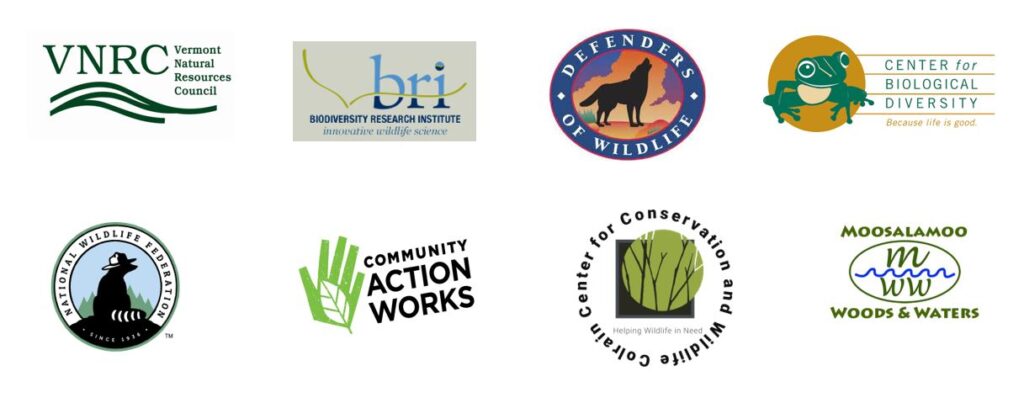
ANR has one last chance to protect endangered bats
On town meeting day, Vermont’s Endangered Species Committee (ESC) sent a memo to Julie Moore, the Secretary of the Agency of Natural Resources (ANR). The memo followed 17 months of deliberation on a single issue—a threat to endangered and threatened bats in Addison and Rutland Counties. The threat comes from pesticide spraying in the BLSG (Brandon Leicester Salisbury Goshen Pittsford Insect Control District). BLSG sprays the pesticides malathion and permethrin to kill mosquitoes, and the ESC biologists had voted unanimously that this posed a risk to endangered bats because it happened after dark on summer nights when bats were flying low over the rural towns hunting for flying insects. As bats fly through the chemical plume of pesticides, they can inhale the toxic droplets, absorb them through their thin-skinned wing membranes, or get them on their fur and later ingest them by grooming themselves or other bats. They can also catch and eat flying insects contaminated with the chemicals. These pesticides are known to cause neurological and physiological stress and injury to bats.
Secretary Moore must now decide whether to protect endangered bats from this threat or to ignore a scientific consensus that the recovery of beleaguered populations of bats is threatened by the spraying.
Continue reading “ANR has one last chance to protect endangered bats”Permitted taking
The January meeting of the Vermont Endangered Species Committee included a three-and-a-half-hour discussion of the risks posed to endangered bats by BLSG’s roadside spraying of pesticides. It was a long discussion because eight presenters were on the agenda. Four presenters were from the Vermont Department of Fish & Wildlife (VT F&W) and none of them expressed concern that the risk to bats was sufficiently serious to merit any immediate action. Three of the other speakers argued strongly that the risk to bats on the Vermont endangered species list constituted a “take” which would mean that BLSG was violating Vermont law unless VT F&W granted them an incidental take permit.
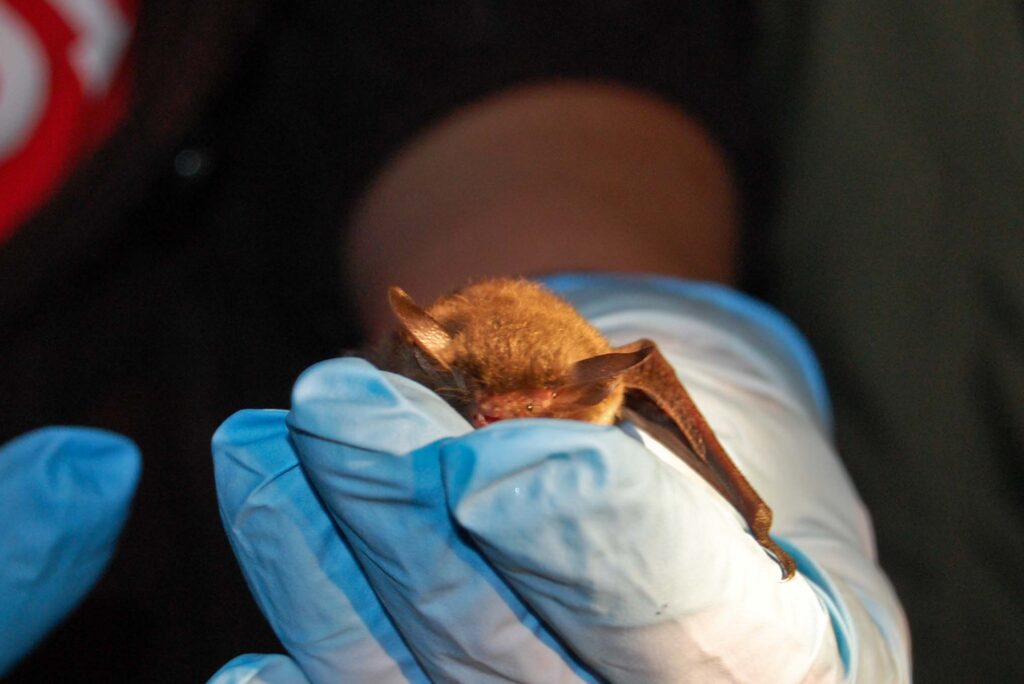
Report Retort
On January 14, Vermont’s Endangered Species Committee held a five hour virtual meeting. Three and a half of those hours were devoted to a discussion of the risk to endangered and threatened bats from roadside spraying of chemical pesticides in the BLSG Insect Control District. More than 25 people participated in the meeting.
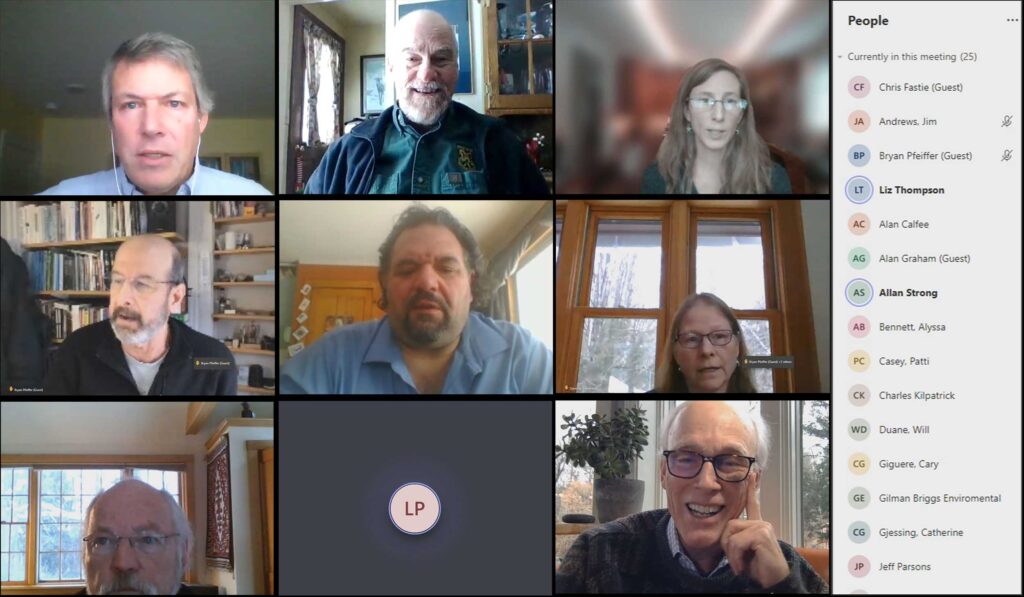
Background: Could BLSG pose less risk to bats?
Vermont Endangered Species Law
Vermont has the strongest state endangered species law in the country. The law specifically disallows activities that create a risk of injury to the listed plants or animals.
Creating a risk of injury to a listed species is referred to as “taking” or a “take.” A take is defined as “an act that creates a risk of injury to wildlife, whether or not the injury occurs.”
Employees of the Vermont Fish & Wildlife Department also use the term “take” to mean documented injury that has already happened to an animal or plant. When discussing the potential injury to listed species in Vermont it is important to know which definition is being used.
Continue reading “Background: Could BLSG pose less risk to bats?”Pesticide spraying and bats in the BLSG District
Scientists on the Vermont Endangered Species Committee are currently considering the risk that BLSG’s roadside spraying poses to the five species of bat on Vermont’s endangered species list. The roadside spraying for mosquitoes happens after dark on summer evenings at the same time all of the listed bat species are flying low over the landscape hunting for insects. The pesticides used are malathion (an organophosphate) and permethrin (a pyrethroid). The sprayers (ultra-low volume or ULV) are engineered to produce a fine mist of tiny droplets that stay in the air for an hour or two and can drift away from the road in that time.
We don’t know how harmful this is for bats, but creating an aerosol mist of concentrated droplets of chemical pesticide at the time and place that bats are known to be flying is likely to create considerable risk. A 20-page report explains why this could be deadly for bats. The Vermont Department of Fish & Wildlife will have to decide soon whether this risk to endangered and threatened species is acceptable considering the benefit produced by the spraying.
Video above: I have never taken video of the spray trucks in the BLSG District but I found the New York City video above on YouTube. The ULV sprayers are effective in urban and suburban areas where a grid of roads allows a large contiguous area to be treated. This type of sprayer is not very effective along rural roads where mosquitoes can quickly reinvade from untreated areas. Continue reading “Pesticide spraying and bats in the BLSG District”Bat plus ultra
This summer there was a bat or two flying over the yard every evening, so I started lying in wait for them with a camera. For about 15 minutes at dusk there was enough light to capture a bat silhouette if I used a good DSLR at the highest ISO. The photos were fun, but you can’t tell what kind of bats they are from the photos. Someone suggested using a bat detector — an ultrasonic microphone that listens to the otherwise silent calls of bats and even suggests which species are calling.
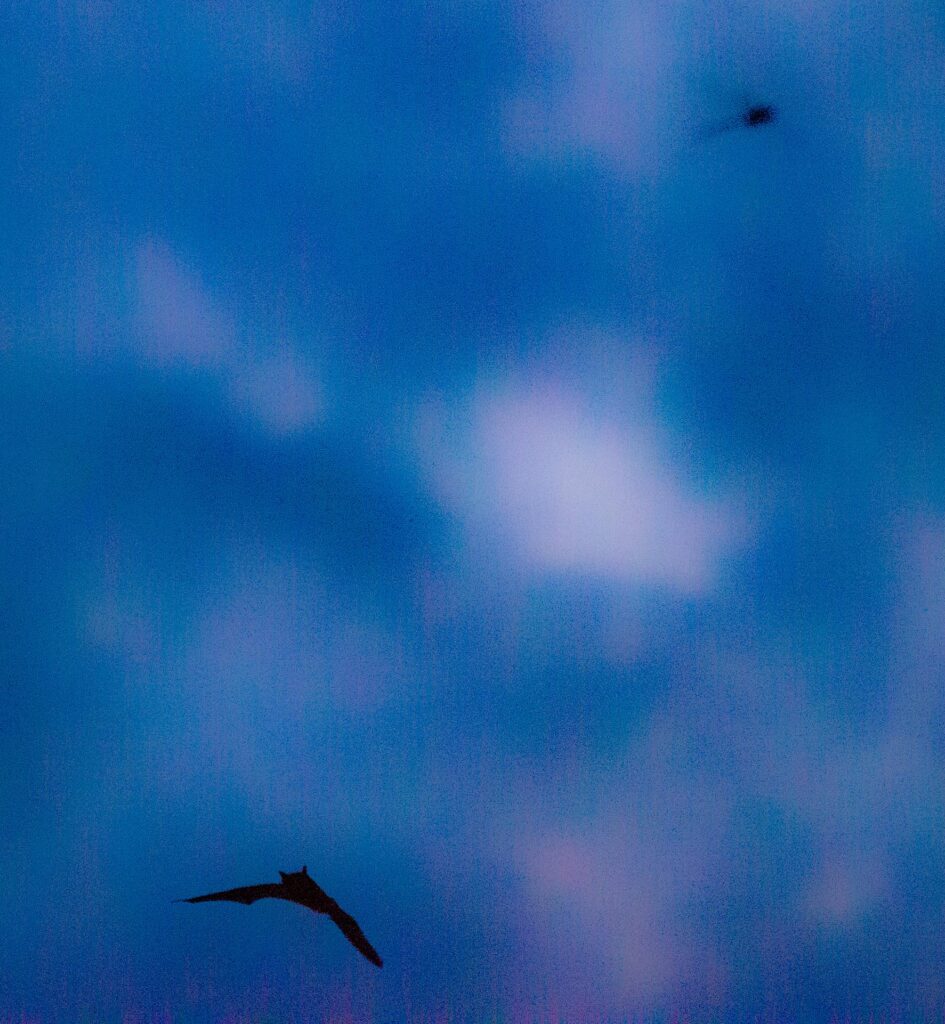
Summary of the Arrowwood Environmental report on bats
The Vermont Endangered Species Committee is currently evaluating a report about the potential harm to bats from the roadside spraying done in the BLSG Insect Control District. The report from Arrowwood Environmental is 19 pages long and details the science that suggests BLSG’s pesticides could harm or kill several species of bats on Vermont’s endangered species list. The report lists 70 scientific and agency references supporting its arguments and conclusions. Below is a summary of some of the main arguments in the report.
Continue reading “Summary of the Arrowwood Environmental report on bats”Nationwide support for the conclusions that BLSG pesticide spraying harms endangered bats
In August, a report from Arrowwood Environmental was submitted to the Commissioner of the Vermont Department of Fish and Wildlife. The report concludes that the roadside spraying of pesticides by the BLSG Insect Control District is likely to harm endangered or threatened species of bat. Six weeks later the Commissioner of VT F&W responded that he and his staff had read the report but decided that no action on their part was needed to protect listed species of bat. We learned that the Vermont Endangered Species Committee, which is charged with advising the VT F&W Commissioner on all matters concerning Vermont’s endangered and threatened species, had not seen the report. So we sent it directly to that committee and last week the report’s author presented a summary of his conclusions at a meeting of the committee.
